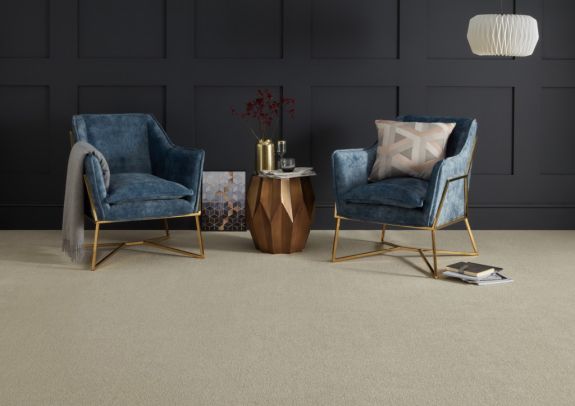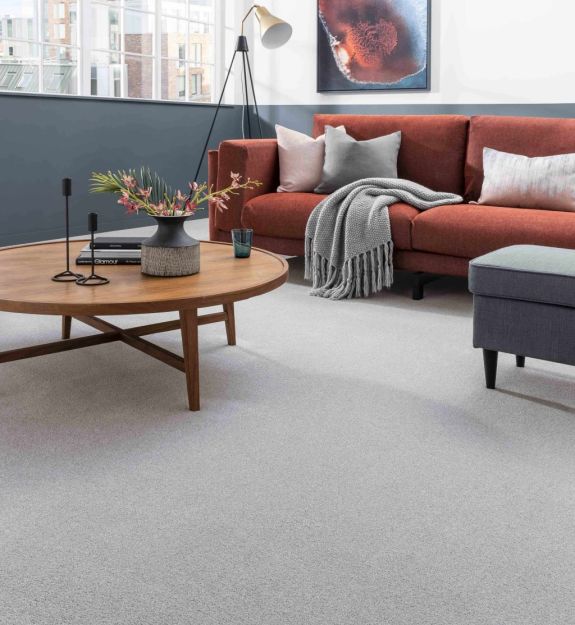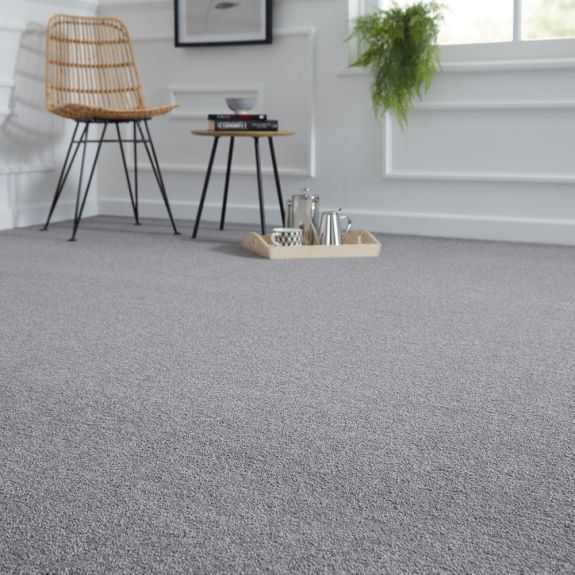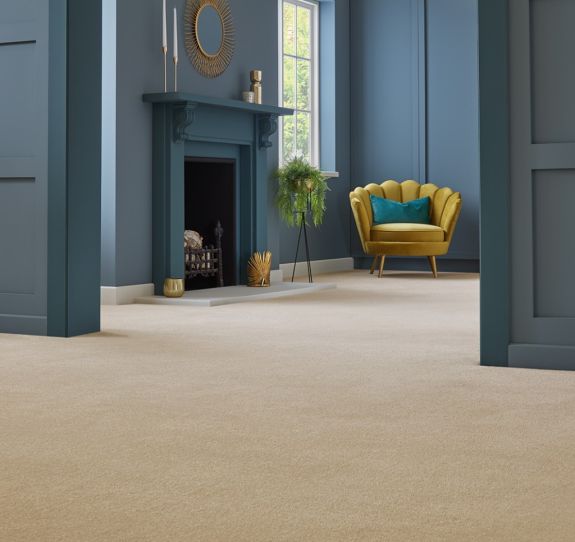Wool carpet is the most effective thermal insulator because wool fibres not only retain their pile height for longer (which is a key factor in retaining insulation) but also feel much warmer and comfier underfoot than other flooring types, helping to make you actually feel cosier too. Because it's so warm, it's a great option to make your bedroom feel cosy.
Carpets trap air just above their surface, which reduces draughts and makes you feel warmer than you would if you were stepping on concrete, wooden or vinyl floor. This helps to reduce energy bills, as you may be swayed to turn off the heating!
It’s important to note that you’ll get the most benefit if more rooms in your home are carpeted. Although there are a few rooms where carpet may not be wanted (in the kitchen or bathroom!), the more carpet in the home, the more effective it will be.
So how do you pick between different carpet types and underlays to enjoy the positive impact on your energy bills?
How do carpet R-ratings affect heat retention?
When we talk about R-ratings, we’re talking about the measure of insulation that a carpet has – the higher the rating, the higher the insulation level. In fact, in a recent study, carpet was found to have an R-rating of 0.18, whereas plywood has a rating of 0.08, and concrete 0.07.
For context, at Tapi we use a 'TOG Rating' - 1 TOG = 0.1 R-value
Gary Cowley confirms that: “Concrete and plywood floors draw heat out of a room, so avoid these if you want to reduce your energy bills and keep heating costs low.”
How do different underlays affect heat retention?
As well as considering your visible flooring, you should also look at carpet underlay too – Gary says: “Quality, thick underlay will provide a protective barrier against draughts. High tog rated underlay will stop the heat escaping through a floor, as well as provide exceptional comfort under the carpet.”
For the rooms that you’re unable to carpet, you can add an underlay to help keep heat in. Vinyl floors don’t need an underlay as they already have a base layer, so are often the best choice for your bathrooms or kitchens.












































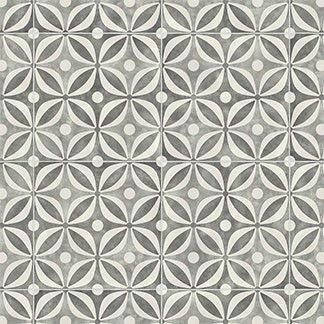
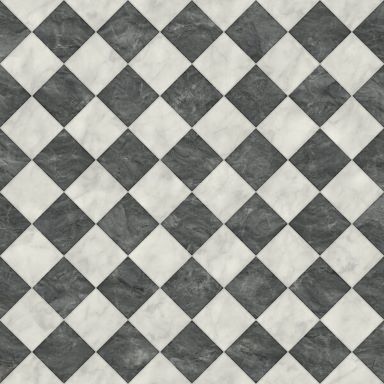

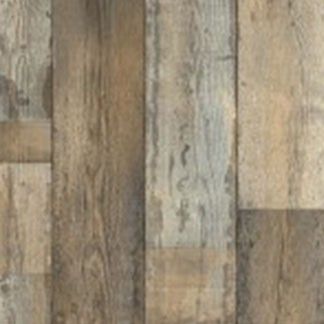











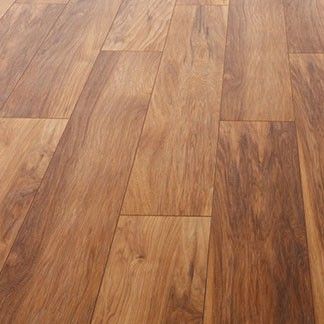
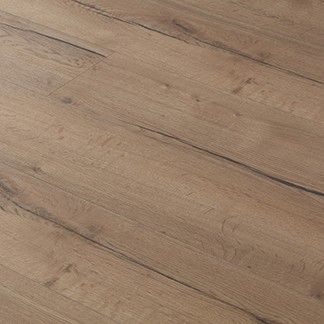


















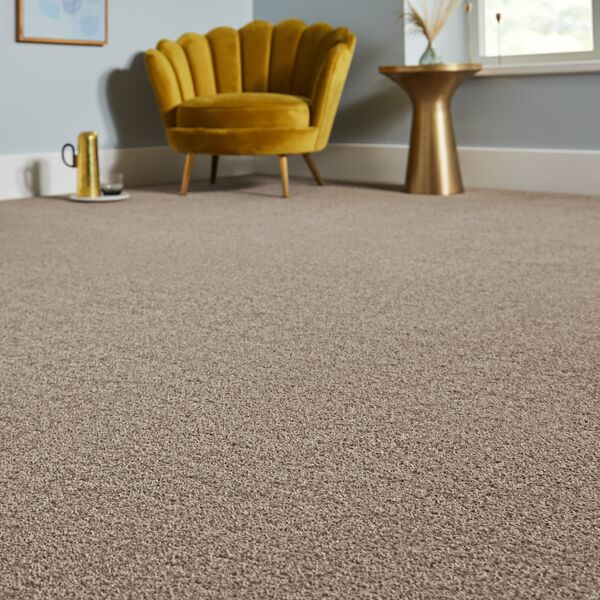
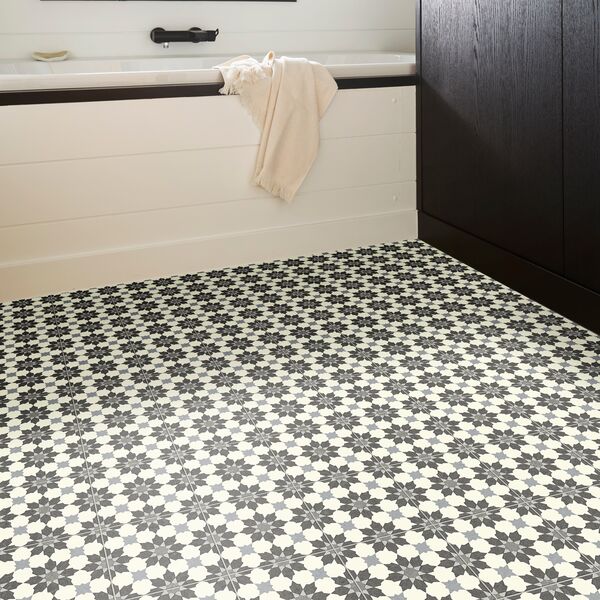
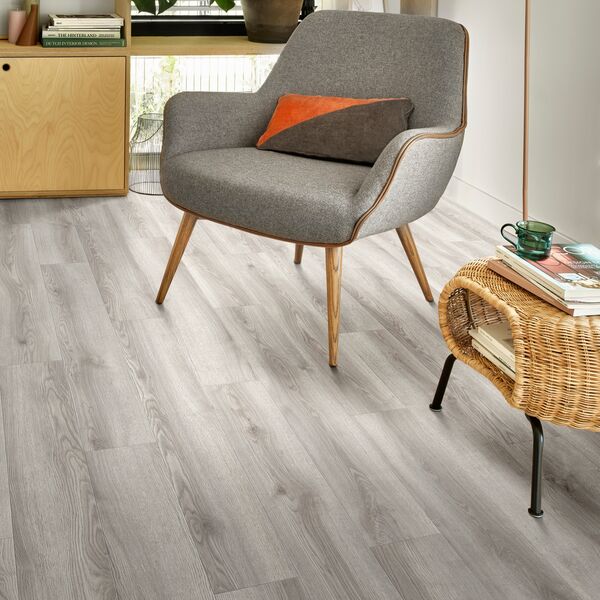

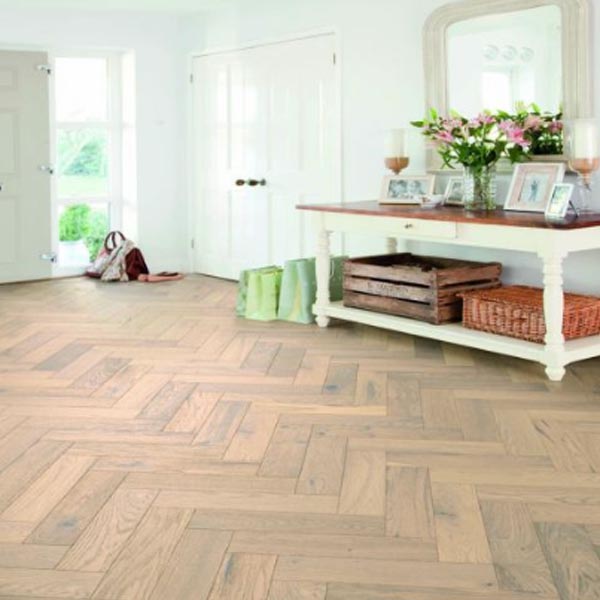


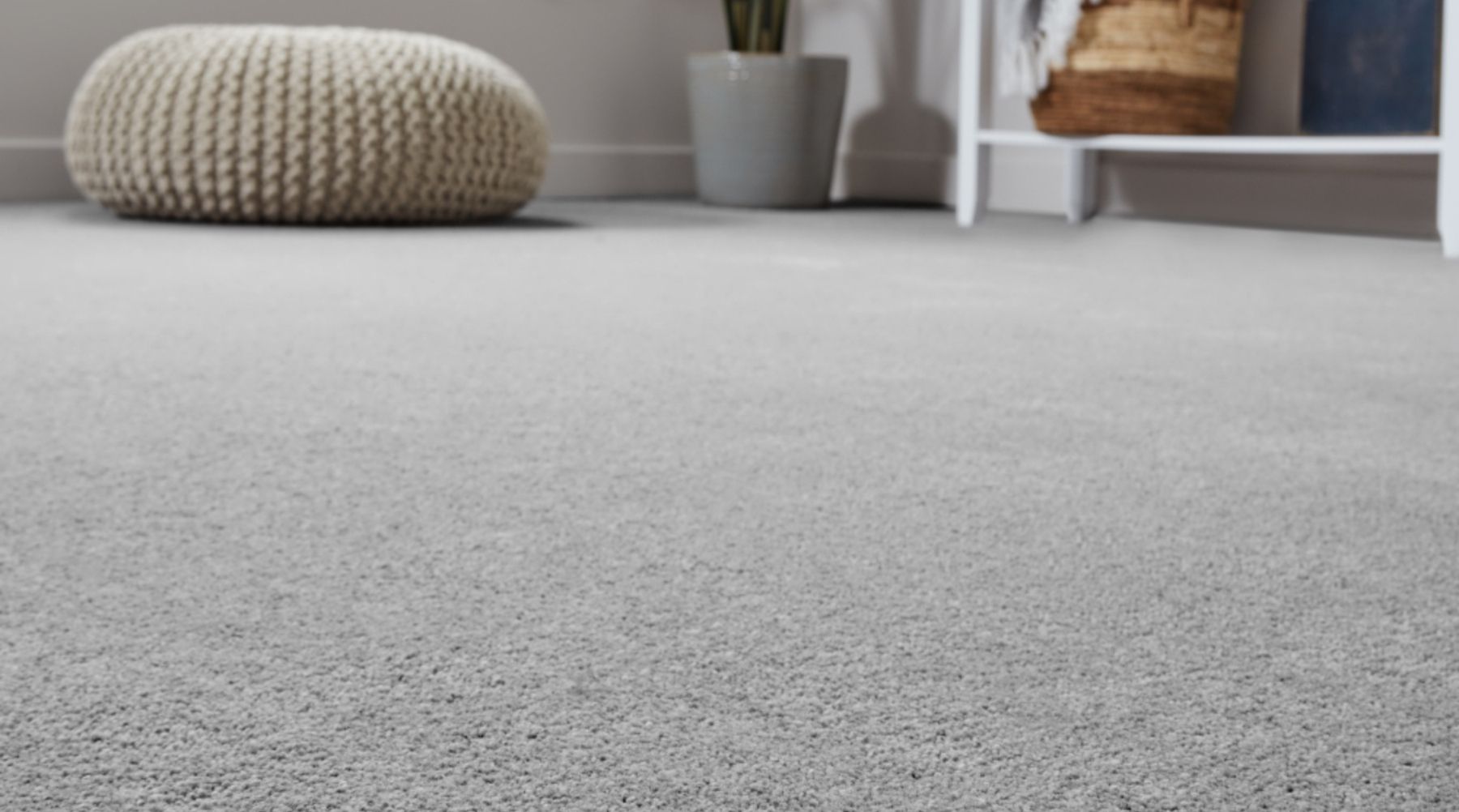

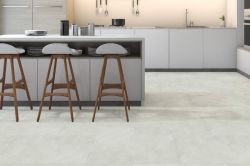










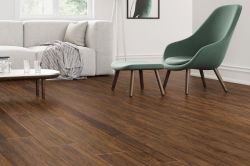



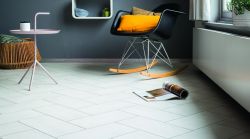







-250.jpg)
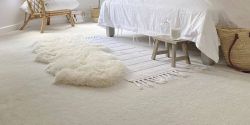

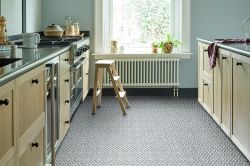
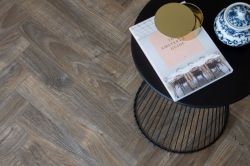

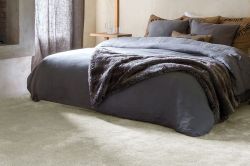

-250.jpg)
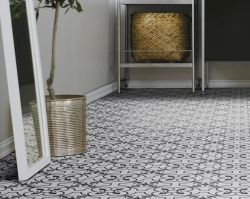

-250.jpg)

 copy-250.jpg)

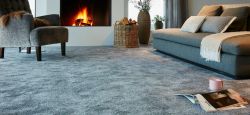






-250.jpg)
 - Article Image (not header)-250.jpg)
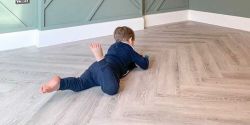
-250.jpg)

-250.jpg)




